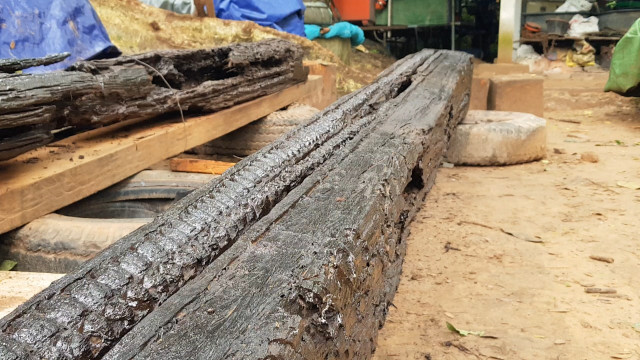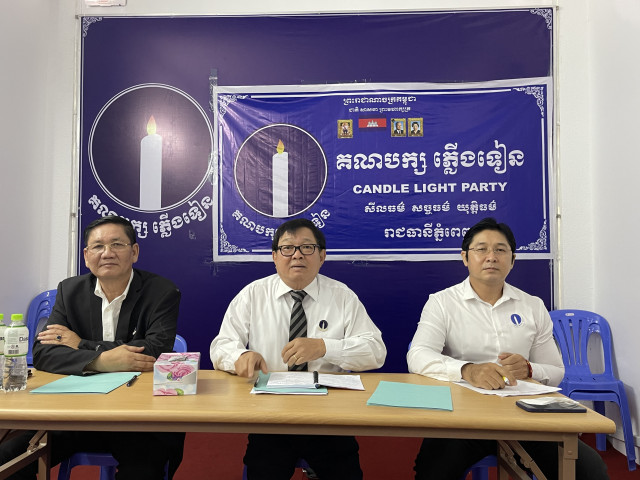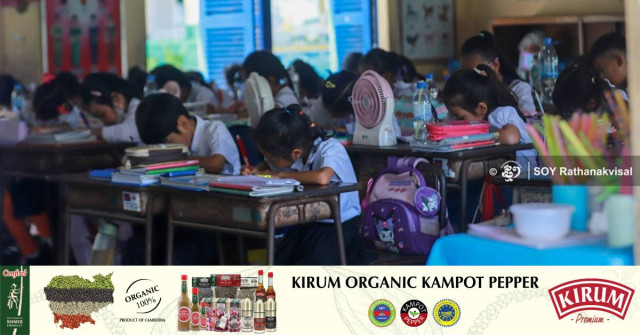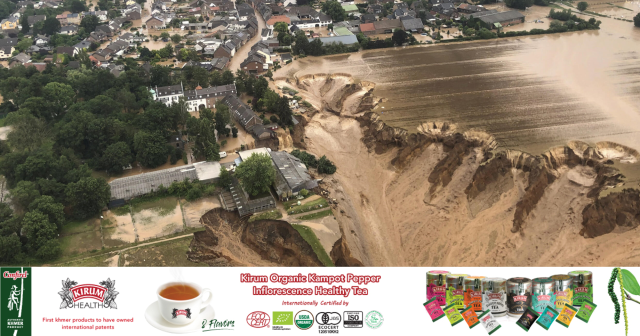Can Indigenous Villages and Islands Become Cambodia’s Next Big Tourism Spots?
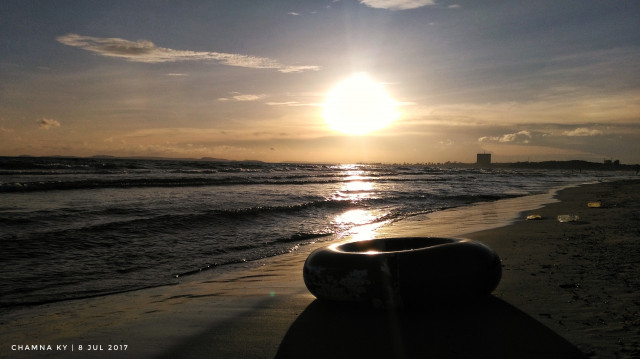
- Ky Chamna
- September 17, 2020 2:28 AM
With an abundance of historical cultures and tropical terrains, not so many Cambodian people actually have the chance to visit all the tourism destinations that their own nation has to offer. Besides some of the temples and certain seaside areas, only a small number of Cambodians have ever fully experienced Cambodia’s virgin wilderness, until now.
From the undiscovered waterfalls deep inside the dense jungles, to the far-flung tiny islands off the coast of Sihanoukville and Koh Kong Province, Cambodia’s tourism destinations are growing in popularity with the domestic market.
Following the relative peace established in the late 1990s, the concept of travel for leisure has reemerged in Cambodian culture. Destinations within a short proximity to Phnom Penh have become prime targets for tourism operators, particularly as transport links have developed.
Even the roads from Phnom Penh to Siem Reap Province, one of the most visited parts of Cambodia, was made easily accessible and comfortable only a decade ago. Furthermore, the roads to Cambodia’s famous seaside provincial destinations, Sihanoukville, are still questionable in terms of safety, especially when traveling at night time. However, new and updated changes are being implemented in the form of new roads aimed at connecting these popular destinations.
The problem is the accessibility. Travel can be costly when distance, safety and other essential needs are taken into considerations. To the far north are the steep mountains ranges and dense forest. To the far south are the ocean and the possibility of natural storms and strong water current. When combined with costs and time, these complications have become a limitation for the majority of Cambodians when planning a trip.
However, changes are occurring at a noticeable rate. With the introduction of certain investments and the ever-expanding scope of social media usage, as well as broadcasting such as video blogging, the far-flung tourism destinations of Cambodia have been opened up. Tropical islands kilometers away from the shore have received a growing amount of interest both domestically and internationally. More than just the local seafood businesses, islands such as Koh Rong and Koh Rong Sanloem—two popular island destinations—have acquired transformative investments, expanding their tourism capacity. Bungalows, cocktails bars and other luxurious resorts are making an appearance along those islands’ sandy white beaches. Frequent high-speed boat services narrow down the time needed to link between the coastline and the islands. In the past, most people only spent their time at the mainland beaches, but now, more and more Cambodians seem to enjoy expanding their radius of domestic travels into the seawater island regions.
To the far north and northeastern parts of Cambodia, the same process is slowly beginning to take shape. During the 1990s, traveling to Ratanakiri or Mondulkiri provinces was an entirely off-road experience. An experience which was not really enjoyable when the travelers actually wanted to urgently visit their family members or conduct business. It took days just to cover a distance of around 600 kilometers across the thick jungles and painfully bumpy roads. But deep inside those mountainous regions lives the population of various indigenous minorities. The tribal communities which, a few decades ago, were far away from receiving the influences of the rest of the world. The region comprises of tribal languages and cultures, but through urbanization, these indigenous cultures are being altered slowly, day-by-day they absorb the ways of the rest of the world. Because of the inevitable changes, it is only a matter of time before the cultures of these tribal communities, in their purest forms, will cease to exist. That is why, for some Cambodian travelers, being able to witness and experience the cultures and lifestyles of these tribal populations is one of the most important things that needs to be done before time runs out.
A sense of adventure among the Cambodian youth has been amplified by social media and may kick-start an explosion of demand for more daring travels. Beautiful high-resolution videos and images have captured the attention of many Cambodians, allowing them to appreciate the eye-catching landscapes that exist within their own border.
So, back to the obvious question: Will the islands and indigenous villages become Cambodia’s next famous tourism destinations? With the increase of family incomes, the power of social media and the improvement of transportation, these above-mentioned destinations are more likely to see a gradual, yet unprecedented rise in domestic tourism in the coming years. With all these positive expectations, plenty of improvements are still needed to be done for these tourism destinations to reach its maximum potential.
As for the island regions, the infrastructure is still limited. It is understandable that this region poses many natural barriers which contribute to higher costs for all kinds of construction. Getting the equipment and materials across the rough sea, transporting them across the island and maintaining them through the strong ocean wind and the corrosive seawater is surely no easy task. Food prices, as well as labor costs, are far more expensive than on land. The consistent availability of fresh water and electricity is still pretty much an issue for the islanders when compared to those who live on land. The electrical grids only cover the densely populated parts of the islands. The rest still heavily rely on the small gasoline generators to power their electrical equipment. Emergency response on the islands is still very haphazard. As for the service providers, the cellphone connections can still be a bit of a challenge for some of the travelers. Furthermore, the plan of building airports on any of these islands is still, perhaps, a long way to go.
Heading back north, the tribal communities are still slowly gaining recognition from the public. However, a few more things are needed to be done as a way to offer travelers a unique insight into their way of life. To begin with, a proper and easily understandable guide about those villages is still below the point of reasonable satisfaction. The process of locating the villages can be a bit puzzling so how to get there safely and efficiently, who to meet—as well as what to experience such as tasting the tribal cuisines—needs to be better publicized. Apart from physical infrastructure, the lack of deep awareness of the slow disappearance of those pure indigenous lifestyles still presents a barrier for travelers. Documentation, as well as information about the tribal communities are still limited.
Optimistically though, much progress has been made across these regions of Cambodia. By comparing them to the recent past, these places have experienced a remarkable change in terms of their tourism potential. More travelers will find ways to go further and deeper. If the trend continues, these unrecognized regions of the past are more likely to be regarded very differently in the near future.







